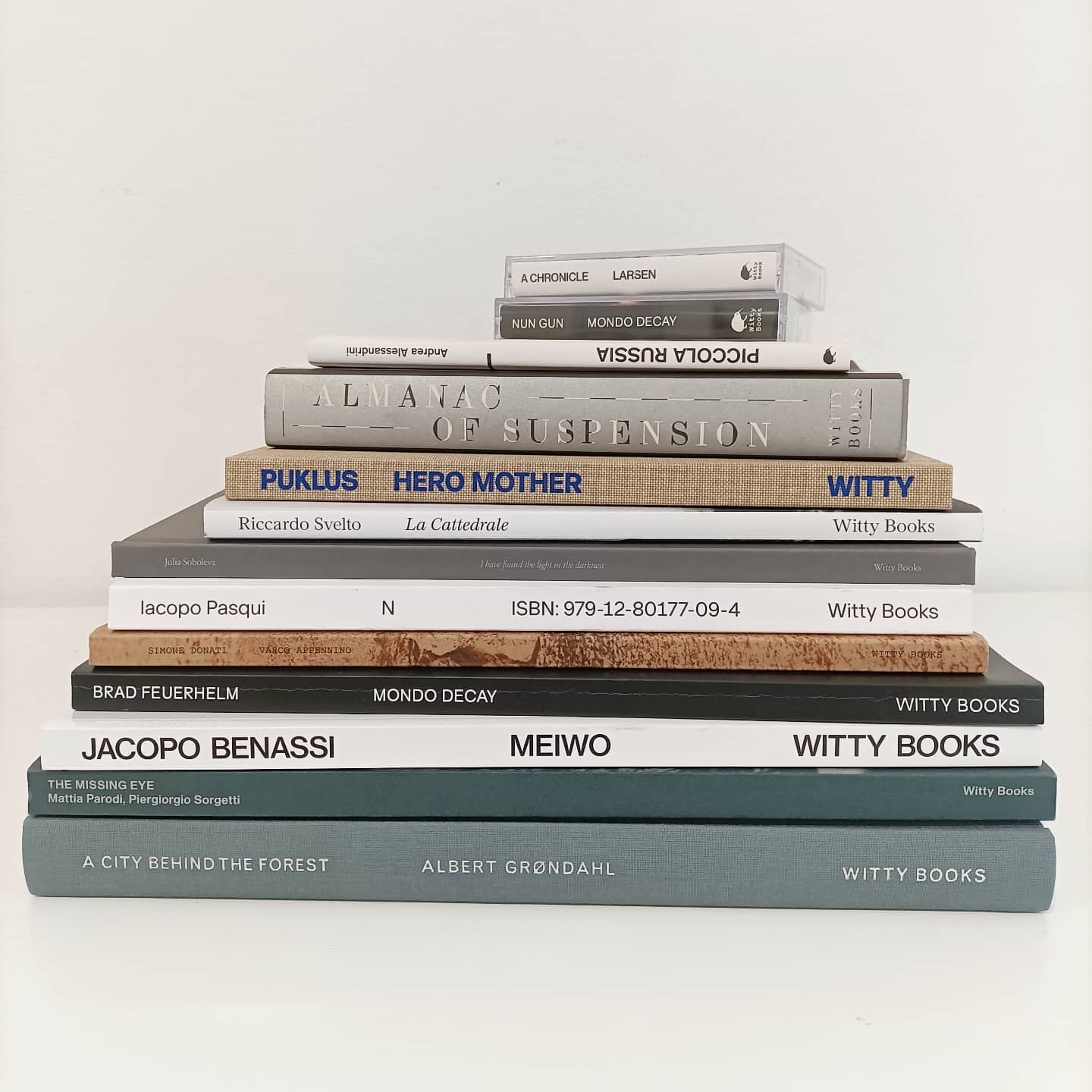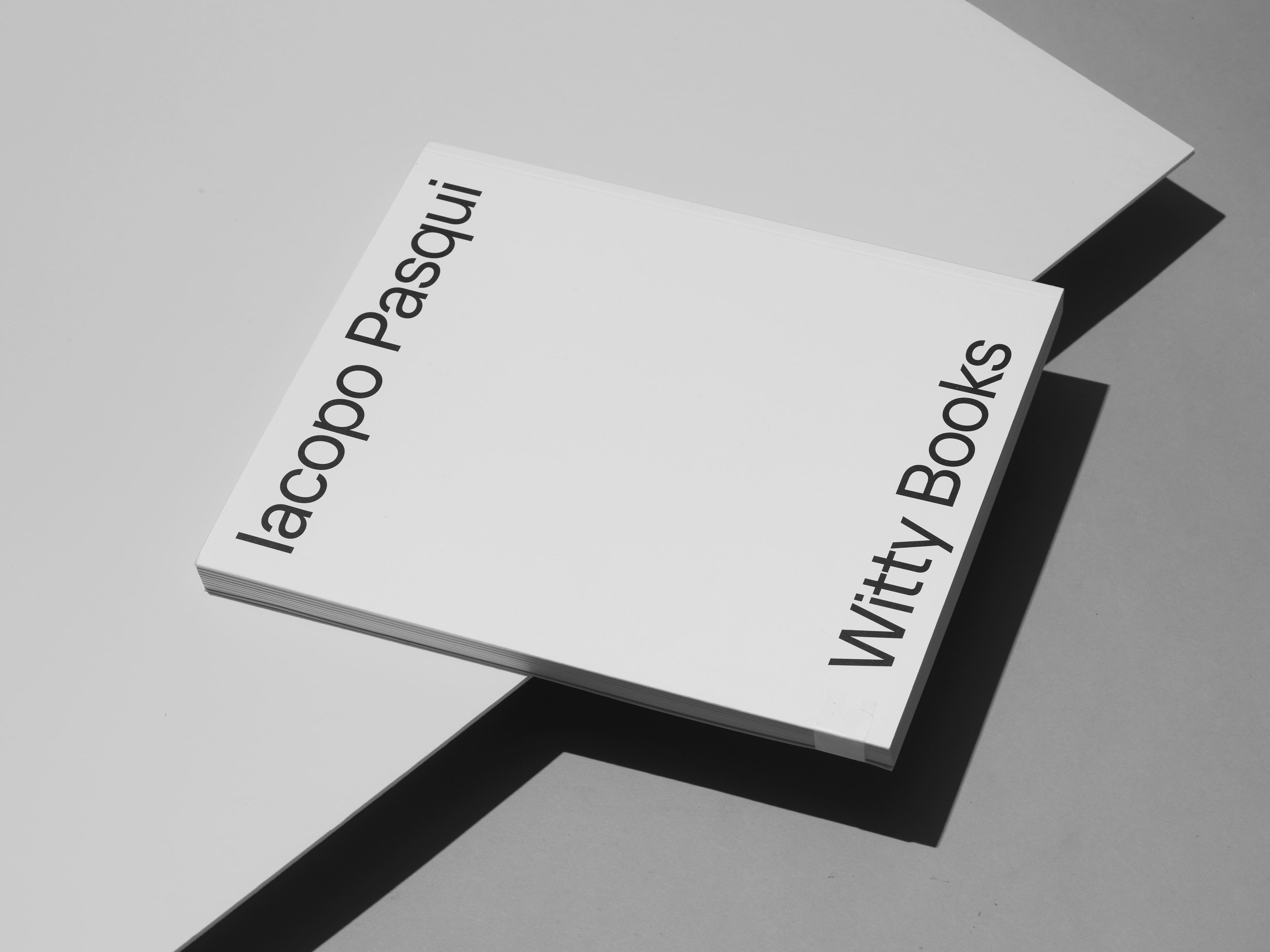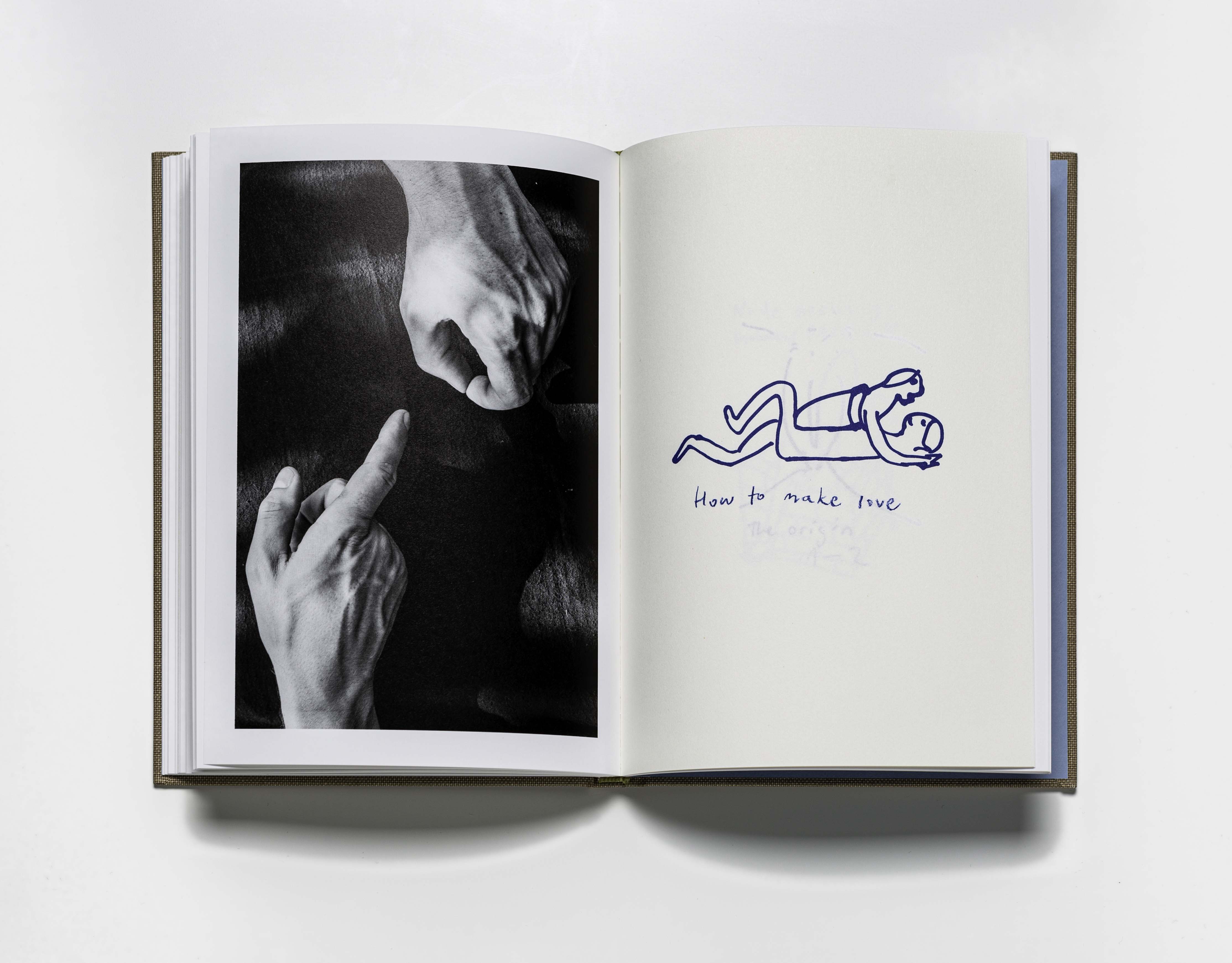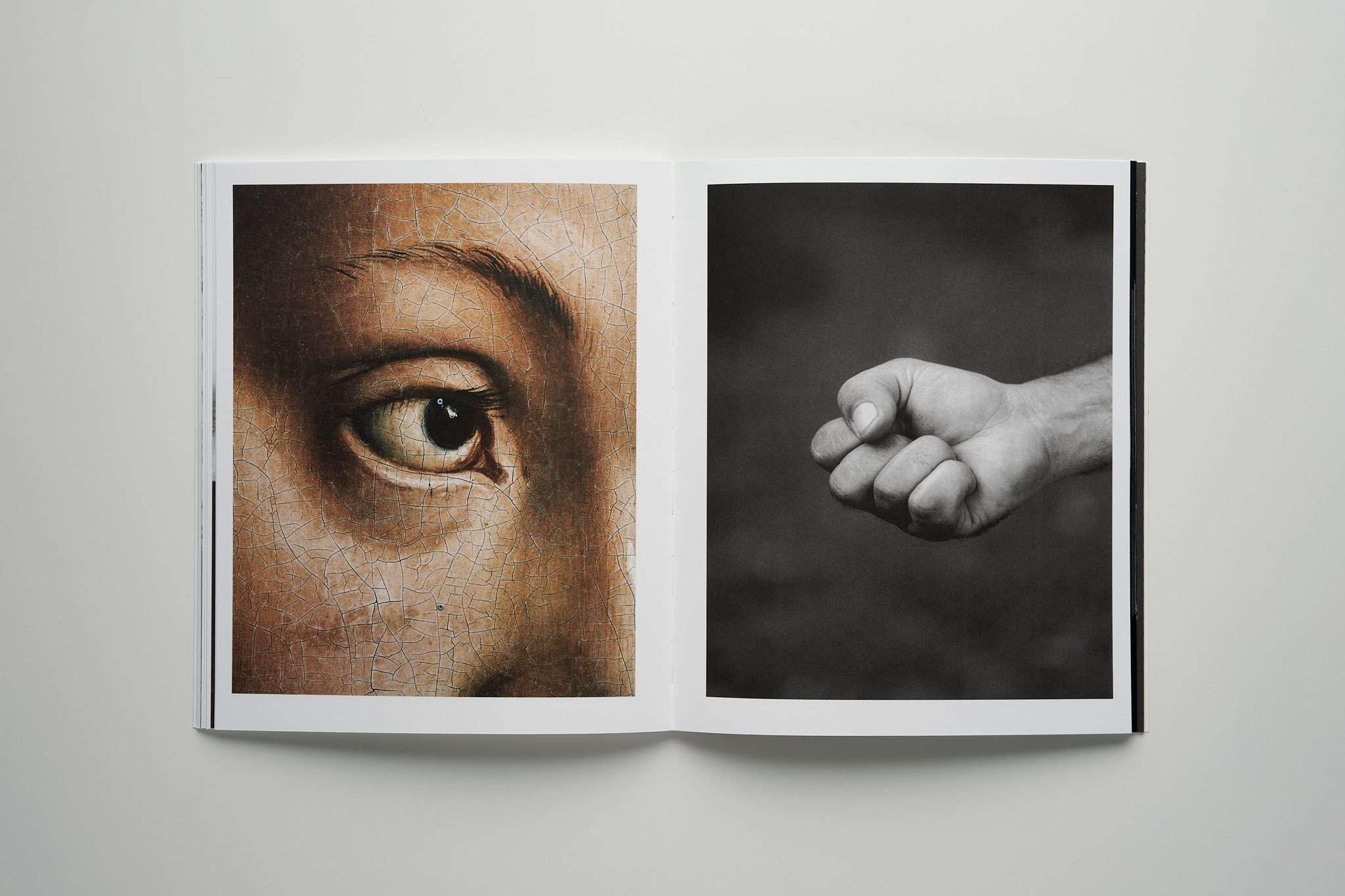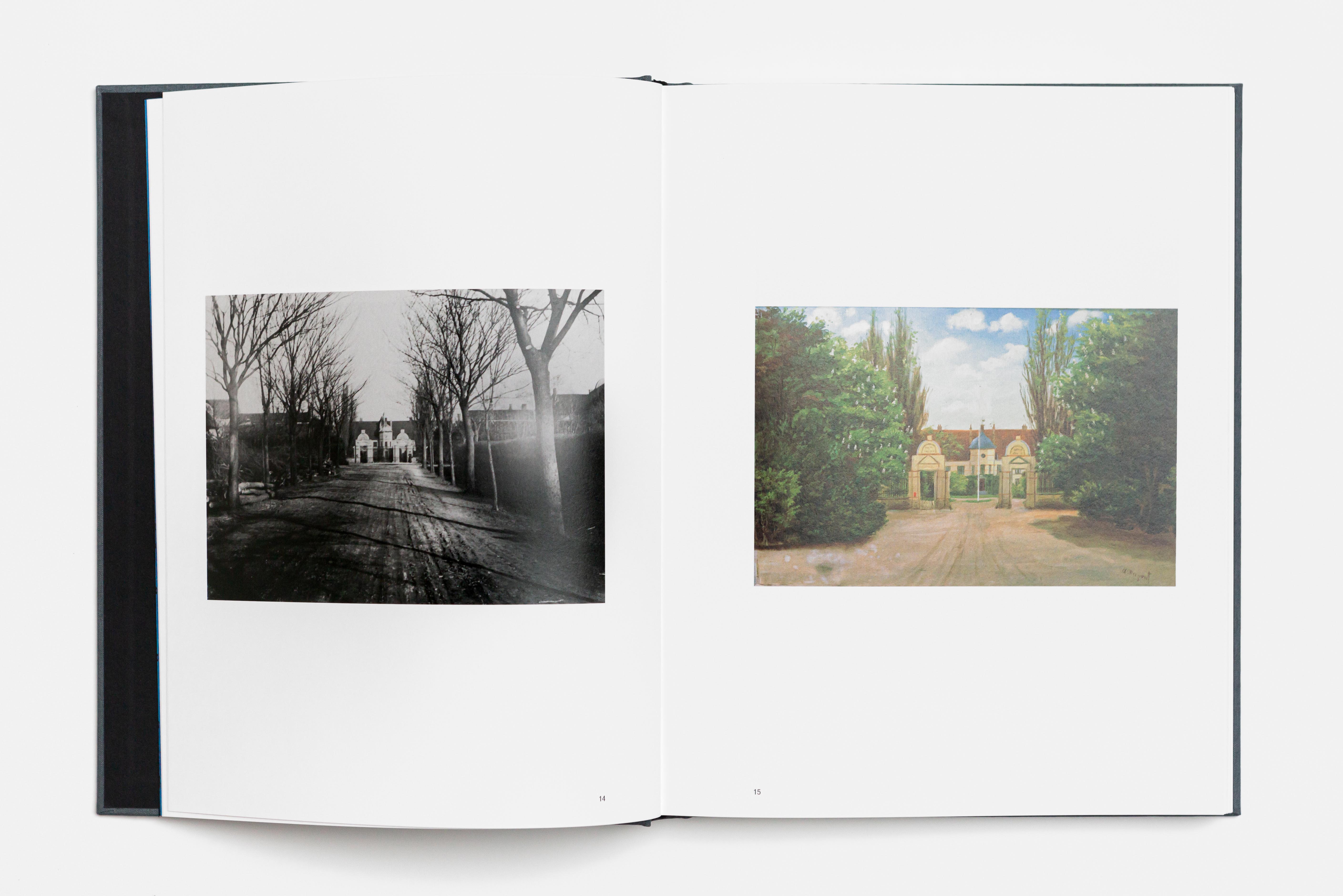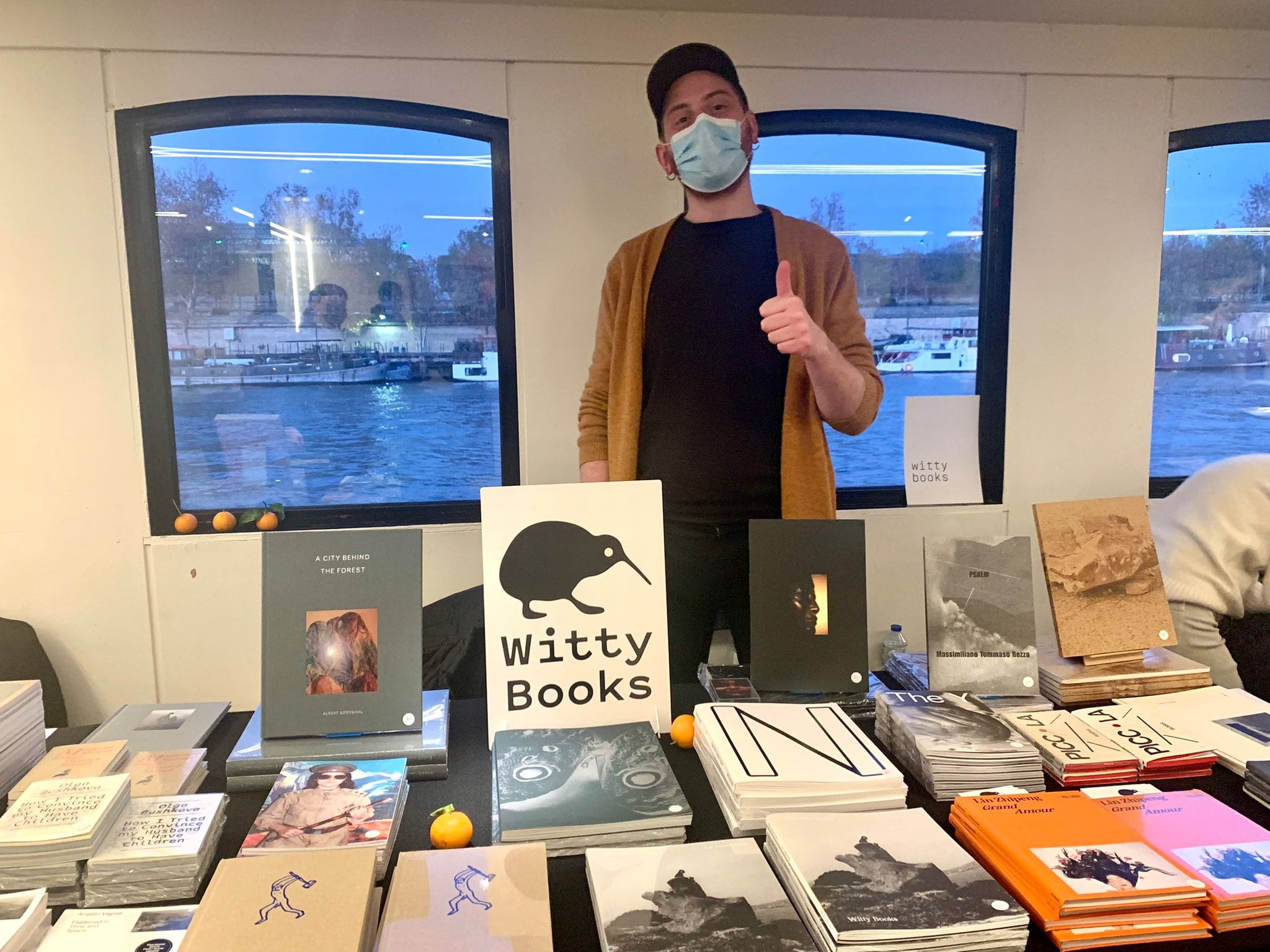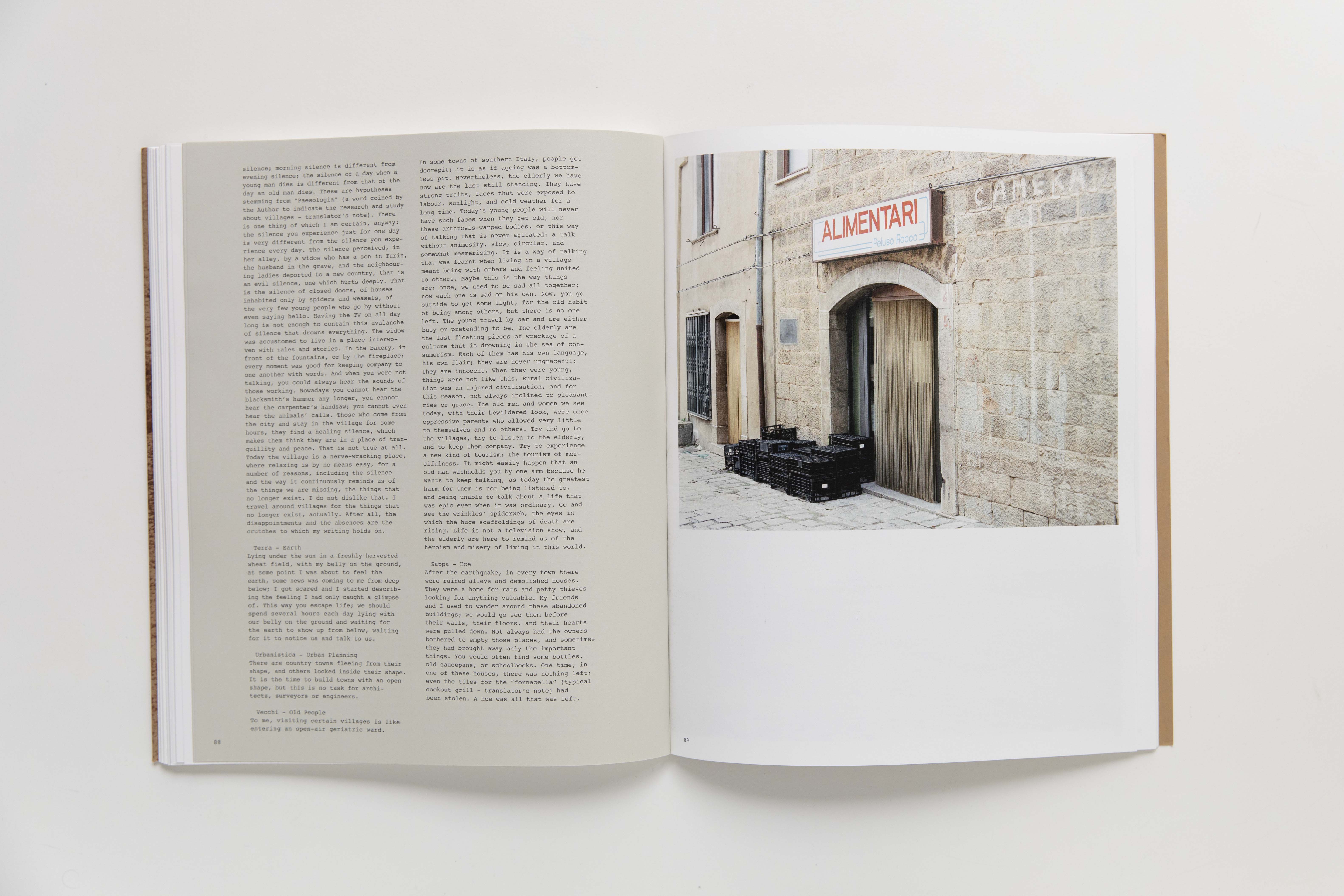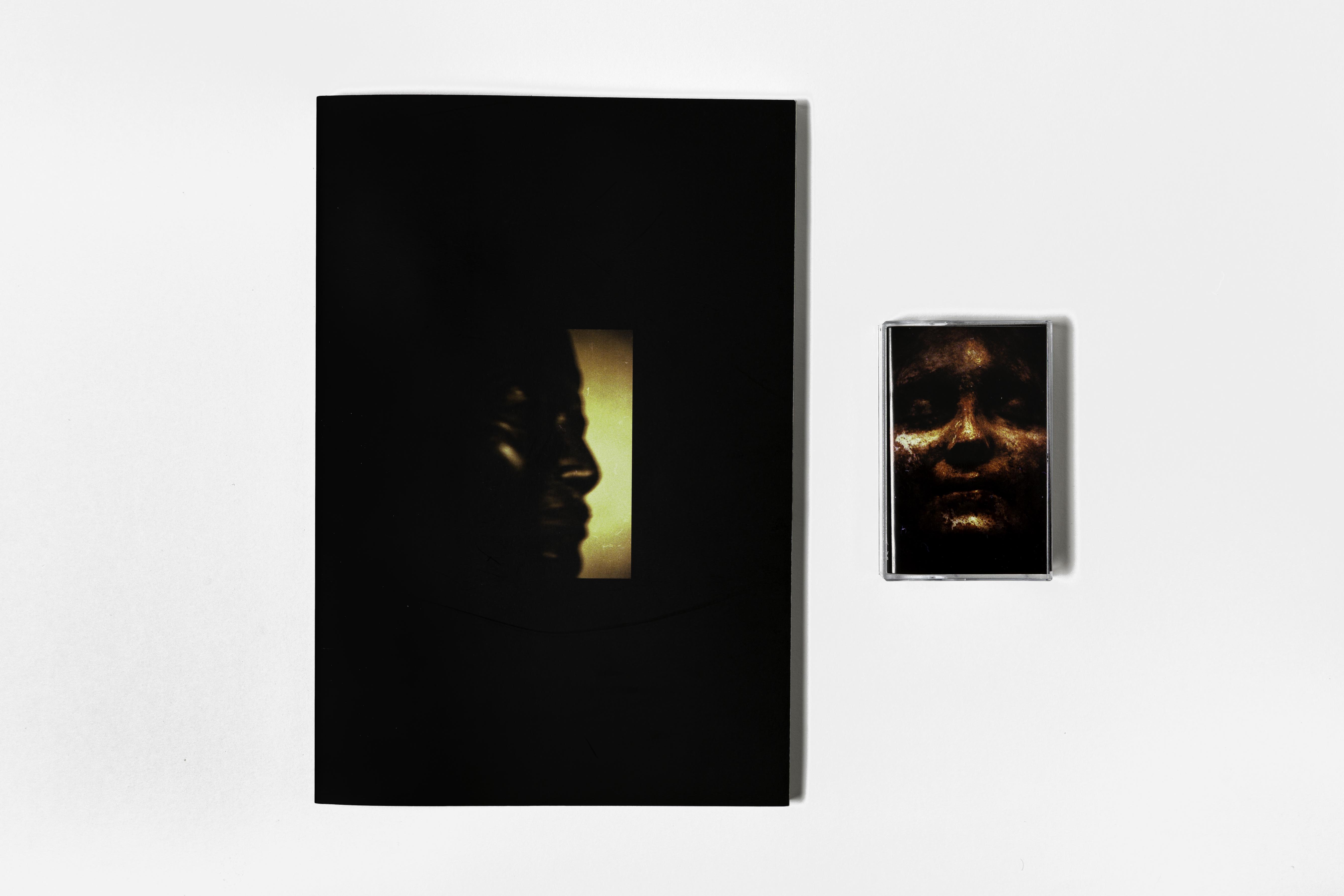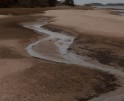PUBLISHER’S SPOTLIGHT: WITTY BOOKS
These past months we have been focusing on books on Lenscratch. In order to understand the contemporary photobook landscape, we are interviewing and celebrating significant photography book publishers, large and small, who are elevating photographs on the page through design and unique presentation. We are so grateful for the time and energies these publishers have extended to share their perspectives, missions, and most importantly, their books.
Witty Books was founded in 20212 and are an independent publishing house that aims to promote contemporary photography and visual arts. Their mission focuses on the diffusion and education of the images.
Today, photographer and editor Carlos Barradas interviews Witty Books Founder, Tommaso Parrillo.
Follow Witty Books on Instagram: @witty_books
What was the first book you published, and what did you learn from that experience?
I started Witty Books, at that time Witty Kiwi, in 2012 when I was a photography student and I was 23 years old, with the desire to put my work as a budding photographer on paper. In those years for me Witty was just a game, I enjoyed experimenting with small zines. In fact, I had no knowledge of the publishing world. Only a few years later I realized that my desire to work with photography was stronger from the point of view of the publisher than that of the photographer. So in a very drastic way, I sold all my photographic equipment and decided to invest in the first real book. From that moment on, the idea of Witty was immediately clear in my mind, but I needed to gradually grow both with the production of the titles and experience. It can be said that Tommaso grew up with Witty and vice versa.
Of course, during almost 10 years my vision of photography and publishing has changed a lot compared to the beginning.
What is your mission as a publisher?
My main goal as a publisher is to contribute to the promotion of the culture of images. I believe that the book is the perfect way to better disseminate a visual project.
How big is your organization?
My organization is not very big…Since I started with Witty Books, consists of only me. But I never work alone because for every book project I collaborate with different designers, and I work very closely with the author, of course. By the way, during these years, many interns have passed by Witty.
What are the difficulties that publishers face?
I think one of the biggest difficulties is always maintaining a high quality, linked to sustainability. Growing up, you start to make more titles and I think it is important to give the right attention to projects, without making it become an automatic mechanism.
Are there any publishing projects that have been particularly meaningful to you?
It’s a very difficult question to answer, it’s a bit like asking a parent which is your favorite child! I must say that I do not regret any published book, they all made me grow in different aspects. To date, maybe I would modify some old titles, but I think it’s normal, it’s part of the growth. Obviously, there are some titles to which I am very attached because at that moment they were the perfect synthesis of my thoughts, just to name a few: La Vertigine by Federico Clavarino or the recent The Hero mother by Peter Puklus. Even if it is a photographic language that I do little with Witty, Varco Apennino by Simone Donati, represents a book that touches me closely, being a representation of the small towns of southern Italy, the place where I was born and grew up in.
What upcoming projects are you excited about?
In some way, almost all projects stimulate me a lot. Since last year I have started a new project called Ear/eye, which consists of comparing a visual artist and a sound artist through a double publication. This new publishing project allows me to experiment with new things.
How many books do you publish a year, and how do you choose which projects to publish? Do you have a specific focus?
In recent years I have published about ten titles a year. Production has been having a gradual growth compared to the first years. Almost all the books published so far have a link that unites them in some way, but always in recent years, I have broadened my vision on the books to be published. However, I am very fascinated by introspective and metaphysical photography. I do not have a standard approach to the selection of titles to be published, my attention for some themes changes from year to year, I think this is good, as it always leads me to be stimulated on new and different themes.
How can an artist get their work in front of you? Do you have any advice for photographers? What is the typical timeline of a project, from the beginning to the finished product?
Generally, when I find a project that is in line with my editorial idea, it is I who contact the authors that interest me. At the same time it happens to receive very mature dummies, and in fact many of the books I have published come from submissions. I always advise authors not to be in a hurry to submit their project, and above all to study the publishing houses first. Each publishing house has a different style and editorial approach. Compared to the timing, there is no fixed processing time. I happened to make a book in three months, others in two years. In my opinion, it is very important not to be in a hurry to in the publication. The book should only be published when it is really ready.
How collaborative is the design process with the artist?
I like to work closely with the artists. Usually, together we do the editing and build the sequence. Then the graphic designer who will give the right dress to the book is involved. Usually, I choose the graphic designer based on the project in question, I like the idea of not having a fixed graphic designer within Witty, in this way it allows me to always experiment with different things and above all, to compare myself with different people. Working alone, I think it’s a very important factor.
How is the financial side of the project structured between publisher and artist? Does the artist contribute to production costs?
Generally, I never ask the artist for money for the publication of a book; in almost all published books it is I myself who invest in production. At the same time for some projects, part of the production costs was supported by awards, galleries, foundations, or investors. As a reward to the artist, I give a percentage that can choose whether to have copies or royalties.
What support do you give artists in terms of marketing or distribution? Do you attend book fairs?
Before the pandemic, I used to attend many of the world’s fairs and festivals out there; from the United States and China to the small festivals of the Italian province. I have always enjoyed being very present in the photobook community, and I believe this attitude has always been recognizable in Witty Books. In fact, in this way it has always been possible for me to promote books and authors in different contexts and in different cities. Furthermore, I also pay a lot of attention to communication on social media, giving the right visibility and communication. At the moment I prefer to continue to be an independent publisher, without distribution constraints, mainly because I am able to convey the Witty project in different contexts.
Carlos Barradas is a photographer with a Ph.D. in anthropology. He loves to make photographs and write about photography. He has exhibited his work in Europe and Latin America and has published numerous articles and interviews on photography and visual anthropology. He is also co-founder and co-editor of SOPA Magazine.
Follow Carlos Barradas on Instagram: @barradascarlos
Posts on Lenscratch may not be reproduced without the permission of the Lenscratch staff and the photographer.
Recommended
-
One Year Later: Christian K. LeeJuly 20th, 2024
-
One Year Later: Nykelle DeVivoJuly 19th, 2024
-
THE CENTER AWARDS: FISCAL SPONSORSHIP: CAROLINE GUTMANMay 28th, 2024
-
Earth Week: Hugh Kretschmer: Plastic “Waves”April 24th, 2024
-
Earth Week: Richard Lloyd Lewis: Abiogenesis, My Home, Our HomeApril 23rd, 2024

